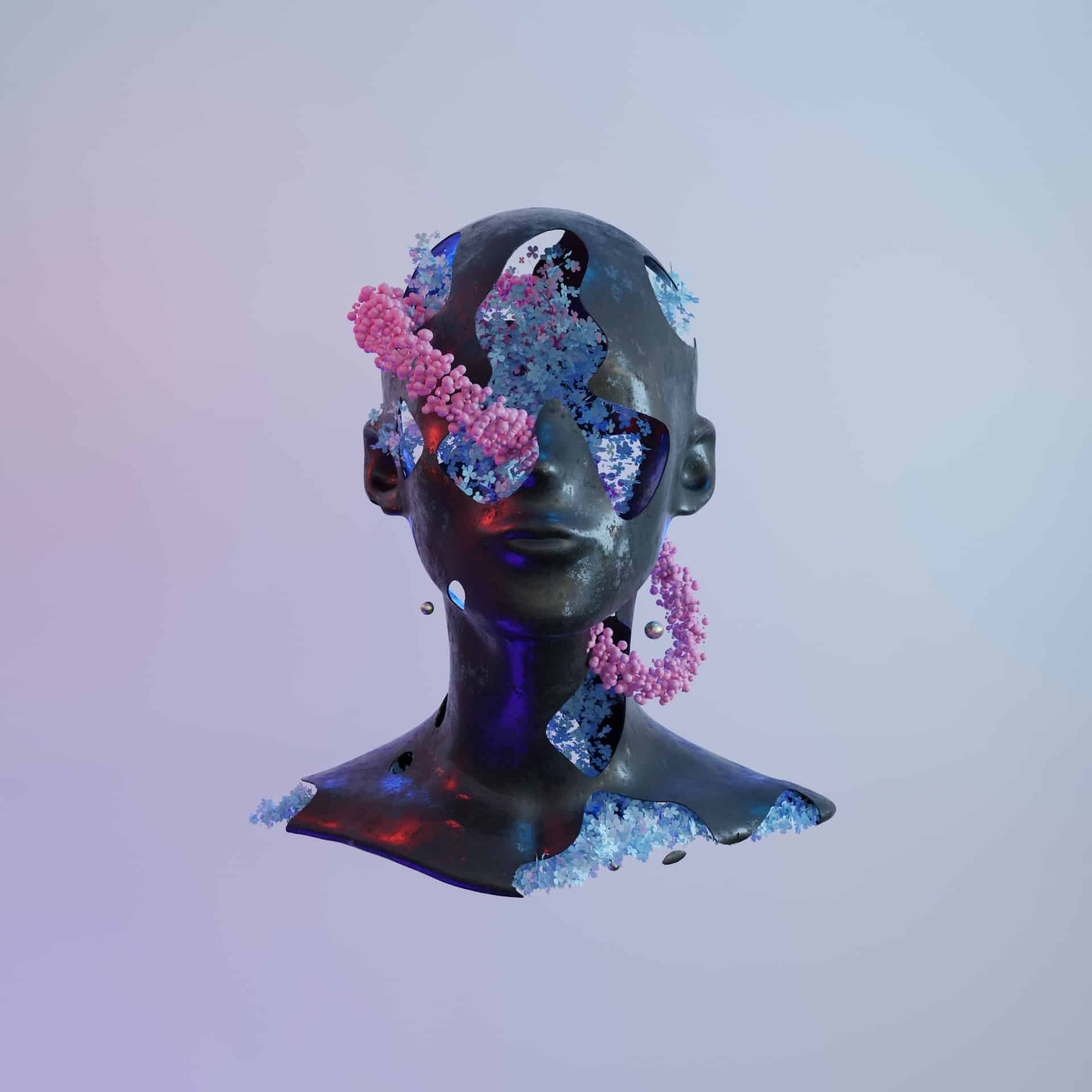One of the factors that help determine an NFT’s value is its rarity. In this guide, you will learn what NFT rarity is, how to check NFT rarity, and which NFT rarity tools you can use.
What Is NFT Rarity?
NFT rarity is how scarce or unique a specific non-fungible token is within a collection. Rarity plays an important factor when it comes to an NFT’s value because the rarer an NFT is, the more valuable it is typically perceived to be, which can contribute to a higher value than less rare NFTs within a collection.
A non-fungible token’s rarity depends on the total number in a particular collection, the unique traits or qualities it possesses, and many versions of it exist. Each NFT, by design, has its own unique identifier that distinguishes it from every other NFT. Still, each collection can have different variations in the scarcity or rarity of the various items in the collection.
For example, a specific NFT collection can contain a small number of NFTs, which can boost the rarity of each token in that collection. Moreover, certain collections may consist of lots of NFTs but have a specific NFT that might have unique traits, like a distinct feature, color scheme, or animation.
The rarer an NFT is, the more attractive and appealing it is for collectors and investors alike. Investors often want to pay more for an NFT that is rare or highly coveted. Moreover, it’s very common to see creators use an NFT’s rarity to build public interest and create excitement for a specific token or collection.
How to Determine the Rarity of an NFT
Deciding the rarity of an NFT typically involves several factors that are based on the particular NFT as well as the unique attributes it holds.
One important factor that can determine how unique an NFT is is its scarcity. An NFT collection that has fewer copies of a specific NFT tends to be more valuable and rarer compared to collections that have many replicas. As such, you can easily estimate an NFT’s rarity by counting all the versions of it available on the blockchain.
The number of copies of an NFT isn’t the only thing that determines how rare an NFT is. An NFT could, for example, be exceptional given its disparate color scheme, its subject matter, or even its unique blend of characteristics. Such features can be scrutinized and contrasted to that of other NFTs in a similar category to establish how rare the NFT is.
Moreover, the demand, popularity, and provenance of an NFT can also affect its rarity. An NFT that was initially owned by a well-known public figure, for instance, can be attractive to investors, which can affect its demand and price.
Besides the factors described here, there are also various tools that can be used to determine how rare an NFT is, ergo, to help buyers make an informed decision. Let’s take a look below.
NFT Rarity Tools
Rarity checker tools are used to establish the rarity of specific NFTs to provide buyers and sellers with insight into the potential value of an NFT they are interested in.
Today, the crypto market has a plethora of NFT rarity tools. Let’s take a look at the top two most popular rarity tools below.
Rarity.tools
Rarity.tools is one of the most commonly used rarity tools for NFTs that enables users to check the rarity scores of various NFT collections, such as Bored Ape Yacht Club and CryptoPunks.
Rarity Sniper
Rarity Sniper is another commonly used tool that provides users with the ability to check the data of specific non-fungible tokens, such as their price trends and trading history, alongside their rarity scores.
Determining which NFT rarity tool is ideal for you all boils down to your personal needs and preferences, as different rarity tools use different algorithms to achieve their scores or rankings. In addition, various tools focus on different attributes, including but not limited to the current market conditions.
Having said that, simply owning a rare NFT doesn’t in any way provide a guarantee that the value of your NFT will increase after you purchase it because other factors, such as overall investor sentiment in the NFT market, will also affect the price of your NFT.




